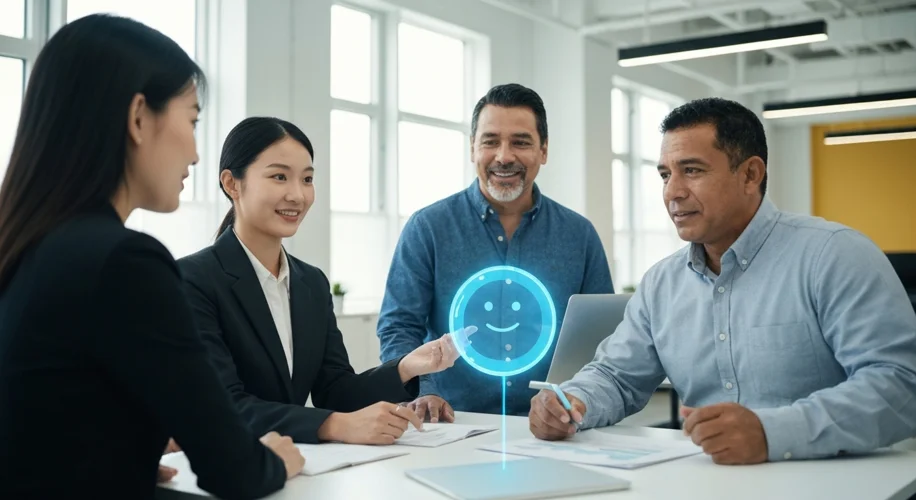It’s easy to get caught up in the science fiction of artificial intelligence – the idea of machines that think, feel, and act just like us. But as our technology advances, we need to steer the conversation toward practical, beneficial applications.
That’s why I was particularly struck by the perspective of Mustafa Suleyman, CEO of Microsoft AI. He’s been clear about his vision: building AI for people, not towards personhood. This is a crucial distinction, and one that aligns with my own thoughts on developing technology ethically.
For years, the narrative around AI has often focused on replicating human consciousness or even creating artificial general intelligence (AGI) that mirrors human capabilities. While fascinating, this pursuit can sometimes overshadow the more immediate and impactful ways AI can serve humanity.
Suleyman emphasizes a more grounded approach. It’s about creating AI systems that can augment our abilities, solve complex problems, and improve our daily lives. Think about AI that helps doctors diagnose diseases more accurately, or AI that optimizes energy grids to prevent blackouts. These are tangible benefits that directly serve human needs.
The drive towards AI that mimics human personality or consciousness, while a compelling thought experiment, raises significant ethical questions. Do we really want AI that ‘feels’ or ‘intends’ in the human sense? Or do we want AI that is a reliable tool, an assistant that amplifies our own intelligence and creativity without the complexities of personhood?
From my perspective, having spent decades in the tech industry, the focus on utility and human augmentation makes a lot of sense. When we build AI with a clear purpose – to help, to solve, to create – we can ensure it’s aligned with human values and societal good.
This doesn’t mean abandoning ambitious research, but it does mean prioritizing the development of AI that is safe, understandable, and ultimately, beneficial to everyone. It’s about building systems that enhance our lives, not systems that aim to replace us or replicate us entirely. It’s a subtle but important difference, and one that will shape the future of technology and our relationship with it.

